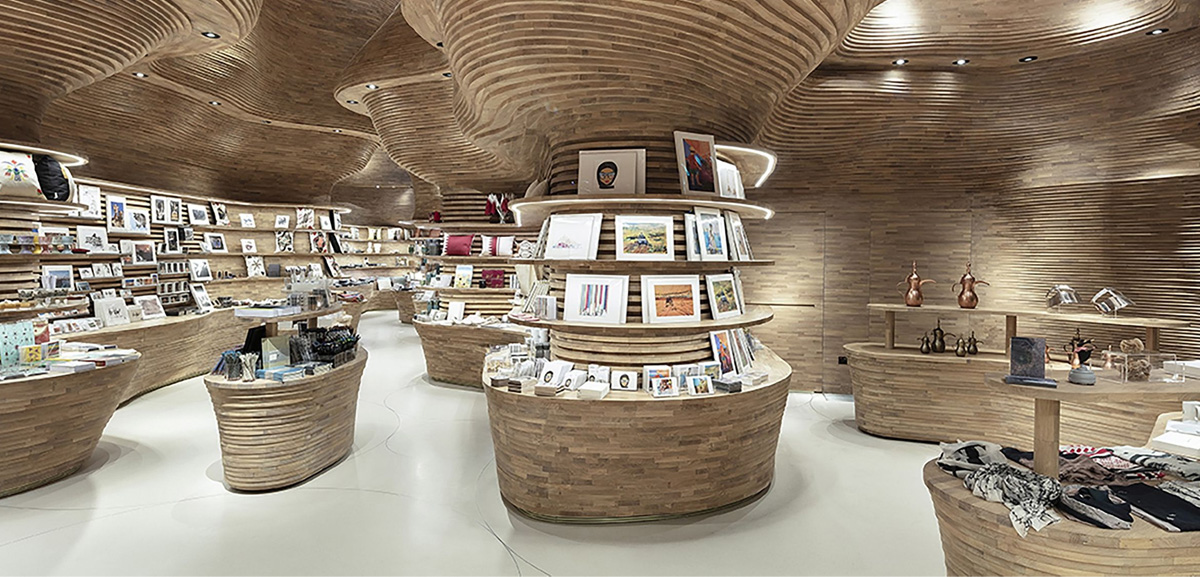Contrary to popular belief, not all introverts are homebodies. I myself love getting out on the streets and observing all the personalities colliding around me—and I’m the kind of person who gets nervous about interactions to the point where a little small talk with a cab driver puts me in cold sweats. However, a quiet, introverted mind does crave a safe, calming space built just for thinking and rejuvenation, especially after enduring a barrage of stimuli from the external world.
Creating that area within the home requires designing (and living) with intention. We tend to treat our homes as dumping grounds—not only for our possessions but also for our overly-tired bodies. I know that upon arrival home at the end of a long day, if my home feels uncomfortable, cluttered, or noisy, I tend to feel adrift. As an introvert, if my place of retreat is threatened, I can be easily thrown for a loop, and the quality of my writing and a clear headspace will be the first two casualties. To truly reap the benefits of a quiet space, you’ll need to learn the habit of treating your home with reverence and love, becoming more thoughtful about where you place items and how you spend your time inside.
Locate quiet within your space

Turn off your TV, your music, and your phone, and listen. Hear that humming from your refrigerator? The whoosh of the air conditioning running? The ticking of the clock? A lot of appliances and devices let off excess noise we don’t notice during our day-to-day routines. I’m a person who suffers from mid-level anxiety, meaning my brain is always anxiously ticking off a number of thoughts, and that excess ambient noise just adds to the neural confusion.
To combat this, I’ve tried incorporating more quiet spaces into my home. I turn off unnecessary devices—like DVD players, video consoles, TVs, and digital clocks—that add ambient noise, light, and heat pollution. Smoothly-running, new appliances help. If your dishwasher is old and noisy, get it repaired so that it will run quietly in the background. Alternatively, replace clanky appliances with new, quieter-running models, which may be more energy-efficient as well. Performing some acoustic investigation here is key, so make sure to unplug and listen carefully to the different spaces in your interiors.
If you have especially loud housemates or neighbors or a lot of street noise from outside, you may also want to consider soundproofing your interiors. This can be as simple as weatherstripping around doors and acquiring a carpet to soak up noise or as advanced as adding acoustic ceiling tiles. Homes are generally built with little to no soundproofing. In fact, interior wall construction unintentionally amplifies noise from room to room, so it’s worth investigating ways to block outside noise, whatever your time or budget.
Quiet means creating space

There’s a reason we call a busy design “noisy.” In the world of home decor, “quiet” and “minimal” can often go hand and hand. While there’s been many an article written on the valors of decluttering, you don’t necessarily need to go along with serious devotees who take the practice to extremes. For an introvert, particularly one drawn to quiet reflection, a too-stark room can be a prison sentence. Overly-empty spaces provoke a strong reaction in me, triggering feelings of abandonment and isolation. I live toeing the line between solitude and loneliness, so having furniture and decor that remind me I’m comfortable and cared for is key.
In fact, severe rooms, particularly those with many hard angles, have been shown to be associated with negative emotions, activating the amygdala (your flight/fight/freeze response center). We’re far more likely to thrive in a soft space with plenty of rounded surfaces. Striking a balance between organization and the chaos life can bring is the battle, but clean surfaces and uncrowded spaces are major strategical wins. Clutter, after all, can elevate our cortisol levels—the stress hormone—making a quiet mind harder than usual to achieve.
Introverts will be most comfortable in spaces where furniture is clustered in nooks rather than organized around the perimeter—as it would be for a large social gathering. That being said, tasks that involve heavy concentration, such as reading, writing, and design, will be better performed in a single room—that way you can shut off outside distractions at your discretion.
Ideal spaces for introverts

Given plenty of quiet time for reflection, introverts are generally well aware of their own preferences. That knowledge of self serves them well in designing their ideal places of rest in the home, especially because beyond a few standard principles, decor is often about the subjective connection we have with colors, objects, and items. Color, for instance, is so personal that even psychologists can’t agree on how it affects us. Brain scans offer mixed data on how we react to the color red, for instance.
Light is also controversial. I’m among those who feel trapped and weighed down without windows, but others may feel exposed in a home with too many openings. However, for my type of introversion, I find that an area that at least suggests a sense of seclusion is key. Seclusion can be fostered by setting up “thinking outposts” in quiet corners by windows or alcoves and making them your own. Fill them with tiny touches that speak to you alone and provoke thought. I used to keep a drawer filled with old black-and-white photos I’d bought from a thrift store so I could imagine the inner lives of the people in them. Find items that connect you to your deepest self.
Too often, homeowners feel they must design their homes to appeal to convention, but this is untrue. The designer that bucks tradition, choosing instead to listen to their own instincts when organizing a space, will find that even the process of redecorating can be a journey toward a deeper sense of self.
Written by Quiet Revolution, this story originally appeared on QuietRev.com






Leave A Comment
You must be logged in to post a comment.